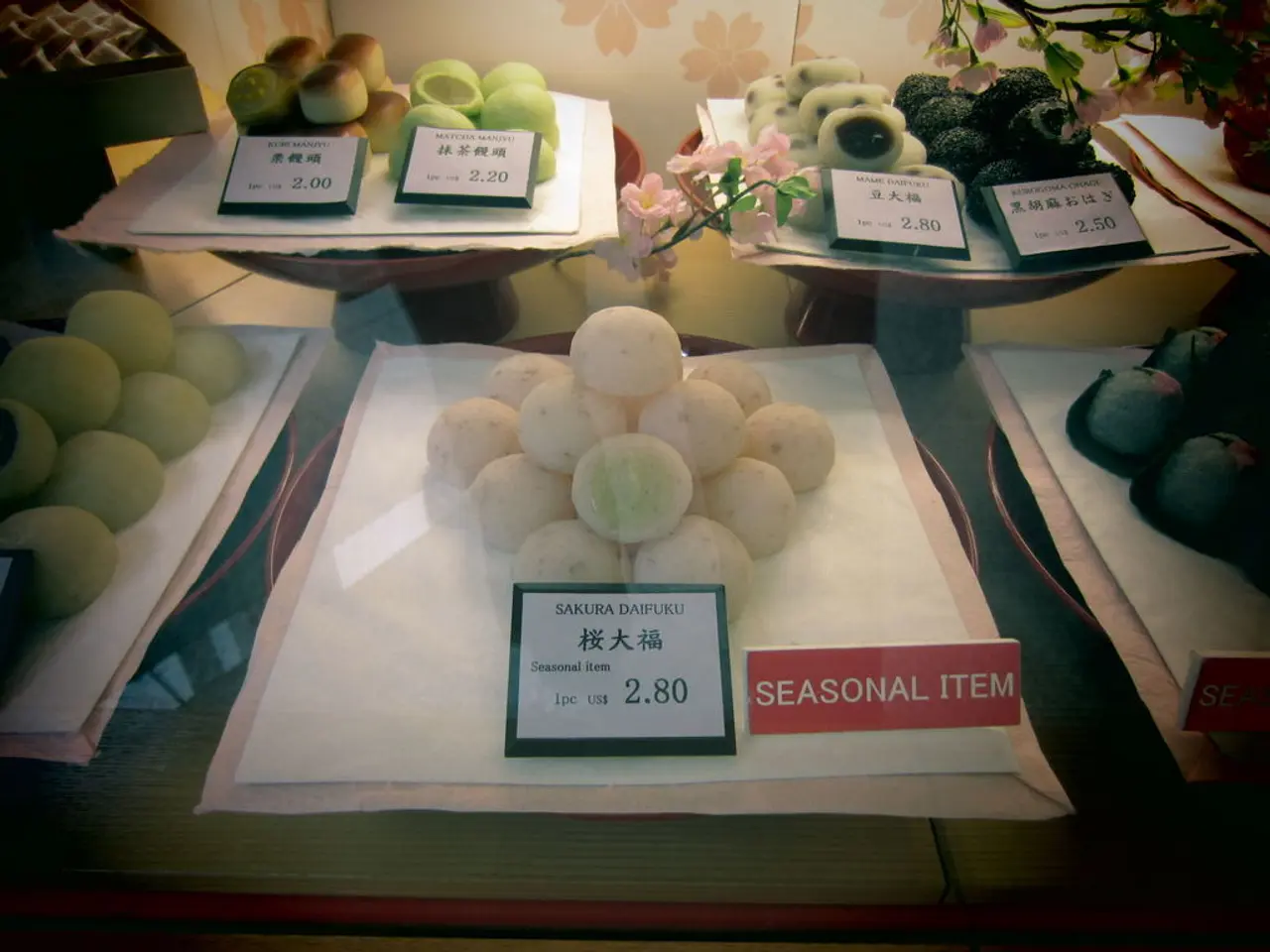Adapting Businesses to Tariffs: Seizing Opportunities for Growth and Profitibility
In the face of rising international tariffs, manufacturers are being urged to reconsider their strategies and adapt proactively. According to Sunil Chopra, a professor of operations at the Kellogg School, this uncertain new reality requires a comprehensive approach to managing supply chain risks and a willingness to treat tariffs as a catalyst for operational change.
One of Chopra's key suggestions is for companies to build alternative sourcing while carefully evaluating the risks they have experienced in the last few years. This involves understanding vulnerabilities beyond just tariffs when considering new supply sources. By doing so, manufacturers can create a more resilient supply chain that can weather the storms of international trade.
Another strategy is to leverage the tariff situation as an opportunity to accelerate pre-existing changes. Companies that were already contemplating changes have used tariff uncertainty to implement them more decisively. For example, a manufacturer with facilities in Canada and the U.S. chose to shut down its Canadian plant and expand the U.S. facility because over 70% of its sales were domestic, and tariffs made local production more viable.
In some cases, companies may need to increase prices to offset the higher costs from tariffs, especially when scarcity or supply constraints arise. Chopra notes that companies almost have no choice but to raise prices in such scenarios.
It's also important for companies to recognise that the post-tariff reality will differ permanently from the previous global trade environment. Companies should expect ongoing uncertainty and plan for flexibility rather than expecting a return to the old status quo.
The U.S. share of global trade is expected to shrink, and tariffs between the U.S. and other countries will be higher than before, while tariffs between non-U.S. markets will likely decrease. This means that companies should consider production location decisions based on market size and cost impacts. For instance, manufacturers of heavy goods, such as refrigerators and washing machines, may find it more cost-effective to produce in the U.S. market due to high transportation costs and improved ability to match supply and demand with local sourcing.
BMW, for example, produces its X5 model for the entire world from the U.S. due to having a large market. However, many European and Japanese automakers have added production capacity in the U.S. over the last 20 years, not primarily due to tariffs.
Building optionality is costly in the short term but pays off in the long term for companies. Chopra warns that business leaders need to rethink their supply chains due to the uncertain new reality of international tariffs. Companies that don't have multiple supply sources are encouraged to explore alternatives due to tariff uncertainty.
In conclusion, Chopra advises manufacturers to adapt proactively by strategically relocating production, managing supply chain risks comprehensively, raising prices as needed, and treating tariffs as a catalyst to accelerate operational changes rather than waiting for clarity. By doing so, manufacturers can position themselves for success in the new era of international trade.
[1] Chopra, S. (2020). Navigating the New Reality of International Tariffs: Insights for Manufacturers. Kellogg Insight. Retrieved from https://insight.kellogg.northwestern.edu/article/navigating-the-new-reality-of-international-tariffs-insights-for-manufacturers
- In the evolving landscape of international trade, it's crucial for companies to consider diversifying their sources of finance and business, as building alternative sourcing can lead to a more resilient supply chain.
- The increased costs from tariffs may necessitate adjustments in the industry, such as the strategic relocation of production or an increase in prices, in order to maintain competitiveness and profitability in the new post-tariff reality.




